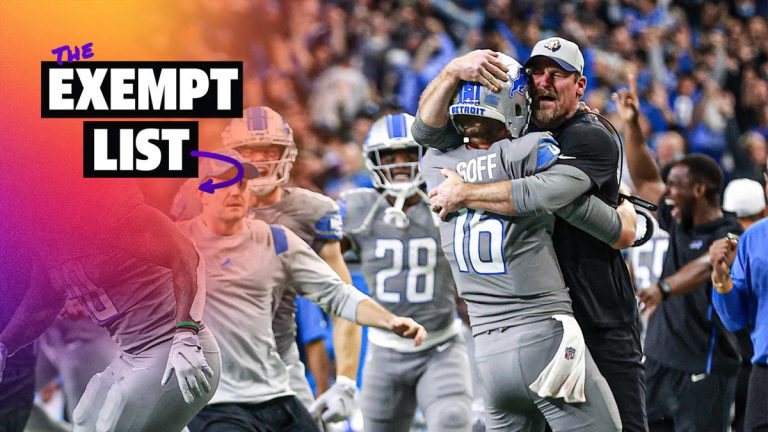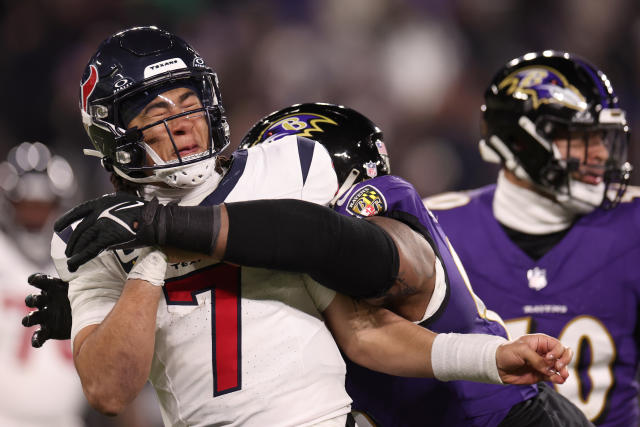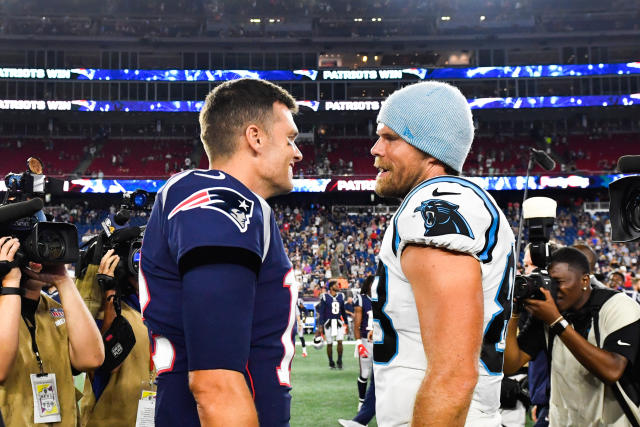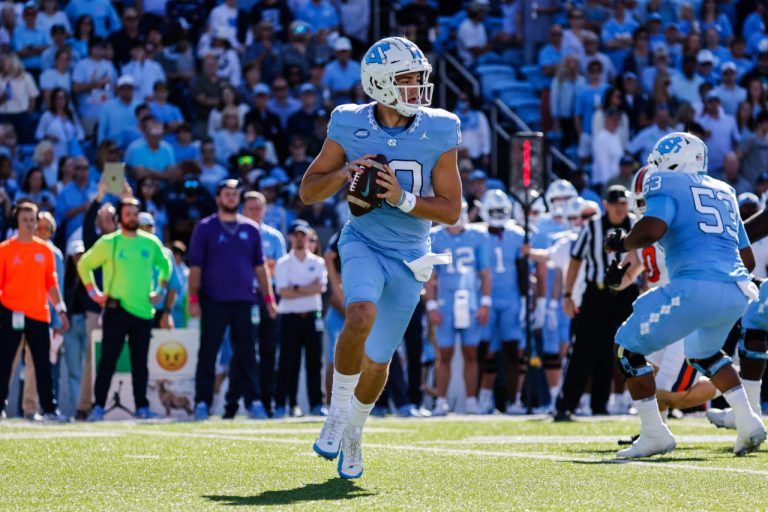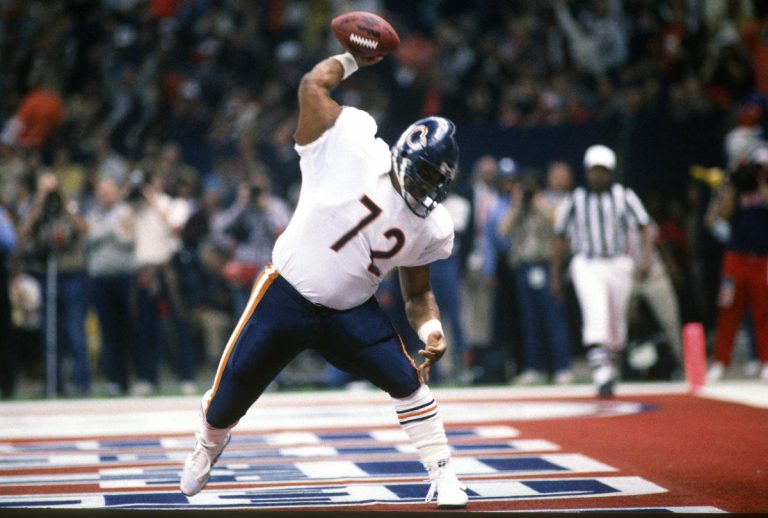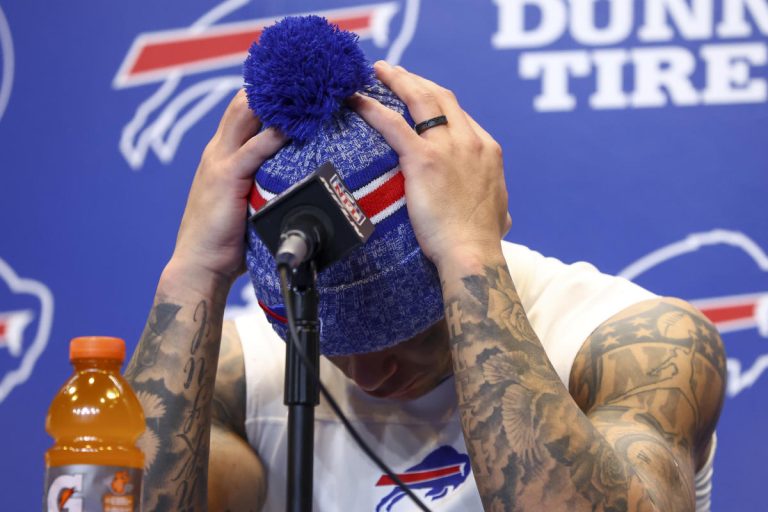The top and worst three picks in the NFL Draft over the previous 35 years
The NFL Draft serves as a cornerstone event for football franchises, providing them with the opportunity to select top talent and shape the future of their teams. Over the last 35 years, the New England Patriots have experienced both success and challenges in their draft selections, particularly when it comes to picks in the top three. As we delve into the history of the NFL Draft and examine the best and worst No. 3 picks, we gain valuable insights into the dynamics of player selection and the impact it has on the trajectory of teams.
The Patriots’ Experience with Top 3 Picks:
While the New England Patriots are not strangers to picking in the top three of the NFL Draft, having done so seven times, it’s been quite some time since they’ve been in that position. The last time the Patriots held a top-three pick was in 1993 when they selected Drew Bledsoe as the No. 1 overall pick. Bledsoe’s contributions helped restore credibility to the franchise, highlighting the importance of selecting the right player at the top of the draft.
The Patriots’ track record with top picks is mixed, with notable successes like Bledsoe tempered by disappointments such as offensive tackle Karl Singer, selected as the No. 3 overall pick in 1966. As the Patriots prepare to make their first No. 3 overall pick since 1966 in the 2024 NFL Draft, the pressure is on to make a selection that will have a positive impact on the team’s future.
Analyzing the Best No. 3 Picks:
Several standout players have been selected as the No. 3 overall pick in the NFL Draft over the last 35 years, contributing significantly to their respective teams’ success. Matt Ryan, drafted by the Atlanta Falcons in 2008, emerged as a top-tier quarterback, ranking among the all-time leaders in passing yards and touchdowns. Ryan’s leadership and on-field prowess propelled the Falcons to success, culminating in a league MVP award in 2016.
Similarly, Joe Thomas, selected by the Cleveland Browns in 2007, solidified his place as one of the premier left tackles of his era. Thomas’ stellar performance on the field earned him induction into the Pro Football Hall of Fame, cementing his legacy as one of the greatest offensive linemen in NFL history.
Larry Fitzgerald, drafted by the Arizona Cardinals in 2004, emerged as a dominant force at the wide receiver position, etching his name among the league’s elite pass-catchers. Despite playing his entire career with the Cardinals, Fitzgerald’s exceptional talent and work ethic propelled him to the upper echelon of NFL receivers, earning him a place in the Hall of Fame.
The Impact of No. 3 Picks on Franchise Success:

American Football | League Scores & Updates.
The success of No. 3 overall picks extends beyond individual achievements, shaping the trajectory of entire franchises. Players like Ryan, Thomas, and Fitzgerald not only excelled on the field but also served as pillars of stability and leadership for their respective teams. Their contributions transcended statistics, inspiring teammates and fans alike and setting the standard for excellence within their organizations.
However, not all No. 3 picks have enjoyed the same level of success. For every Matt Ryan or Joe Thomas, some players failed to live up to expectations or struggled to make a significant impact on their teams. The challenge of identifying and selecting the right player at the top of the draft remains a daunting task for NFL franchises, underscoring the importance of thorough scouting and evaluation processes.
Looking Ahead: Implications for the New England Patriots
As the New England Patriots prepare to make their first No. 3 overall pick in nearly six decades, they face a pivotal moment in their franchise history. The pressure to select a player who can make an immediate impact and contribute to long-term success is immense. Drawing from the lessons of past No. 3 picks, the Patriots must carefully evaluate their options and choose wisely to position themselves for sustained competitiveness in the years to come.
2003: Andre Johnson, WR, Houston Texans
Andre Johnson emerged as one of the most dynamic wide receivers of his generation, showcasing his talent at the University of Miami before making the leap to the NFL. With seven 1,000-yard seasons and four All-Pro selections to his name, Johnson solidified his place among the NFL’s elite pass-catchers. Despite not having the luxury of playing alongside an elite quarterback, Johnson’s impressive statistics and game-changing abilities earned him widespread acclaim and paved the way for a potential Hall of Fame induction.
1996: Simeon Rice, Edge, Arizona Cardinals
Simeon Rice burst onto the scene in 1996, earning Defensive Rookie of the Year honors and establishing himself as a dominant force on the defensive side of the ball. With 122 career sacks and three All-Pro selections, Rice’s impact on the field was undeniable. His tenure with the Tampa Bay Buccaneers saw him play a pivotal role in the team’s Super Bowl XXXVII victory, further solidifying his status as one of the premier pass rushers of his era.
1995: Steve McNair, QB, Houston Oilers
Steve McNair revolutionized the quarterback position with his unique blend of athleticism, arm talent, and leadership. A true dual-threat quarterback, McNair posed significant challenges for opposing defenses and guided the Tennessee Titans to their lone Super Bowl appearance in franchise history. With a co-league MVP award alongside Peyton Manning in 2003 and a career record of 91-62, McNair left an indelible mark on the game before his tragic passing in 2009.
1990: Cortez Kennedy, DT, Seattle Seahawks
Cortez Kennedy epitomized excellence on the defensive line during his illustrious 11-year career with the Seattle Seahawks. With four All-Pro selections and a Defensive Player of the Year award in 1992, Kennedy established himself as a dominant force in the trenches. His impact on the field was matched only by his influence off it, as he served as a leader and role model for generations of aspiring football players. Kennedy’s enshrinement in the Pro Football Hall of Fame in 2012 cemented his status as one of the greatest defensive tackles of all time.
1989: Barry Sanders, RB, Detroit Lions
Barry Sanders is widely regarded as one of the most electrifying running backs in NFL history, dazzling fans and opponents alike with his unmatched agility and playmaking ability. Despite retiring prematurely in 1999, Sanders left an indelible mark on the game, amassing 15,269 rushing yards and etching his name in the record books. With four rushing titles and a highlight reel that defies description, Sanders’ legacy as one of the greatest running backs of all time remains unparalleled.
While the NFL Draft serves as a beacon of hope for teams seeking to bolster their rosters with top-tier talent, not every selection pans out as expected. In this in-depth analysis, we delve into the underwhelming performances of several No. 3 overall picks in recent years, shedding light on the factors that contributed to their struggles on the field.
2021: Trey Lance, QB, San Francisco 49ers
Amidst high expectations, Trey Lance entered the NFL as the No. 3 overall pick in the 2021 draft, poised to lead the San Francisco 49ers to success. However, injuries hampered his ability to make a significant impact, ultimately leading to his departure from the team before the 2023 season. Despite the disappointment surrounding Lance’s tenure with the 49ers, the emergence of Brock Purdy as a viable starting quarterback offers a glimmer of hope for the franchise’s future.
2018: Sam Darnold, QB, New York Jets
Selected as the No. 3 overall pick in the 2018 draft, Sam Darnold arrived in New York with lofty expectations following a stellar collegiate career at USC. However, Darnold struggled to translate his success to the professional level, compiling a subpar record and failing to meet the high expectations placed upon him. Currently serving as a backup quarterback for the San Francisco 49ers, Darnold’s journey serves as a cautionary tale of the challenges faced by highly touted prospects transitioning to the NFL.
2017: Solomon Thomas, DT, San Francisco 49ers
Despite being selected as the No. 3 overall pick in the 2017 draft, Solomon Thomas failed to live up to expectations during his tenure with the San Francisco 49ers. Despite tallying modest statistics over four seasons, Thomas struggled to make a significant impact on the field, leaving fans and analysts alike disappointed with his performance. With notable players selected after Thomas in the same draft class, his underwhelming contributions underscore the importance of thorough scouting and evaluation processes in the draft.
2013: Dion Jordan, DE, Miami Dolphins
Dion Jordan’s NFL career was marred by inconsistency and off-field issues following his selection as the No. 3 overall pick in the 2013 draft. Despite flashes of potential, Jordan failed to establish himself as a dominant force on the defensive side of the ball, tallying just 13.5 sacks over six seasons. His struggles with substance abuse further derailed his career, highlighting the challenges faced by players navigating the pressures of professional football.
2012: Trent Richardson, RB, Cleveland Browns
Trent Richardson entered the NFL with high expectations after a standout collegiate career at Alabama, but his professional career failed to live up to the hype. Despite a promising rookie season with the Cleveland Browns, Richardson’s performance quickly declined, culminating in his departure from the league after just three seasons. Richardson’s inability to sustain his early success serves as a cautionary tale for teams relying on draft picks to deliver immediate impact.
2002: Joey Harrington, QB, Detroit Lions
Joey Harrington arrived in the NFL with lofty expectations after a decorated collegiate career at Oregon, but his tenure with the Detroit Lions was plagued by inconsistency and underperformance. Despite flashes of potential, Harrington failed to lead the Lions to success, ultimately retiring from the league after four seasons. His struggles highlight the challenges faced by young quarterbacks transitioning to the professional level and underscore the importance of patience and development in their journey.
1999: Akili Smith, QB, Cincinnati Bengals
Akili Smith entered the NFL with high expectations after being selected as the No. 3 overall pick by the Cincinnati Bengals in the 1999 draft. However, his tenure with the Bengals was marred by inconsistency and underperformance, as he struggled to establish himself as a reliable starting quarterback. With just five touchdown passes and 17 starts in four seasons, Smith’s NFL career fell far short of expectations, leaving fans and analysts alike questioning his draft pedigree. Notably, the Bengals passed on future Hall of Famers Champ Bailey and Edgerrin James, as well as other notable talents, further exacerbating the disappointment surrounding Smith’s selection.
1994: Heath Shuler, QB, Washington Commanders
Heath Shuler’s NFL career was similarly disappointing, as he failed to live up to the expectations of being the No. 3 overall pick by the Washington Commanders in the 1994 draft. Despite flashes of potential, Shuler struggled to find success on the field, throwing just 13 touchdown passes and 19 interceptions in 29 games over four seasons. His tenure with the Commanders was marked by inconsistency and frustration, culminating in his departure from the league in 1997. Shuler’s failure to deliver on his draft promise ranks among the worst picks in NFL history, serving as a cautionary tale for teams evaluating quarterback prospects in future drafts.
Lessons Learned:
The disappointing careers of Akili Smith and Heath Shuler offer valuable lessons for NFL teams and decision-makers navigating the complexities of the draft process. Firstly, the importance of thorough scouting and evaluation cannot be overstated, as teams must carefully assess a prospect’s skills, character, and fit within their system before making a selection. Additionally, the unpredictability of player development underscores the need for patience and support, as young players require time and guidance to adjust to the demands of the NFL.
Furthermore, the consequences of drafting based on positional need rather than best available talent are evident in the cases of Smith and Shuler, as both players failed to live up to the expectations placed upon them by their respective teams. Moving forward, teams must prioritize talent and potential over positional need when making draft decisions, ensuring that they maximize their chances of securing impact players who can contribute to their success on the field.
Conclusion:
The disappointing NFL careers of Akili Smith and Heath Shuler serve as sobering reminders of the risks inherent in the draft process and the challenges faced by young players transitioning to the professional level. As teams continue to navigate the complexities of player evaluation and selection, the lessons learned from these cautionary tales will undoubtedly shape their approach to future drafts, guiding them in their quest to secure top talent and build sustainable success.


